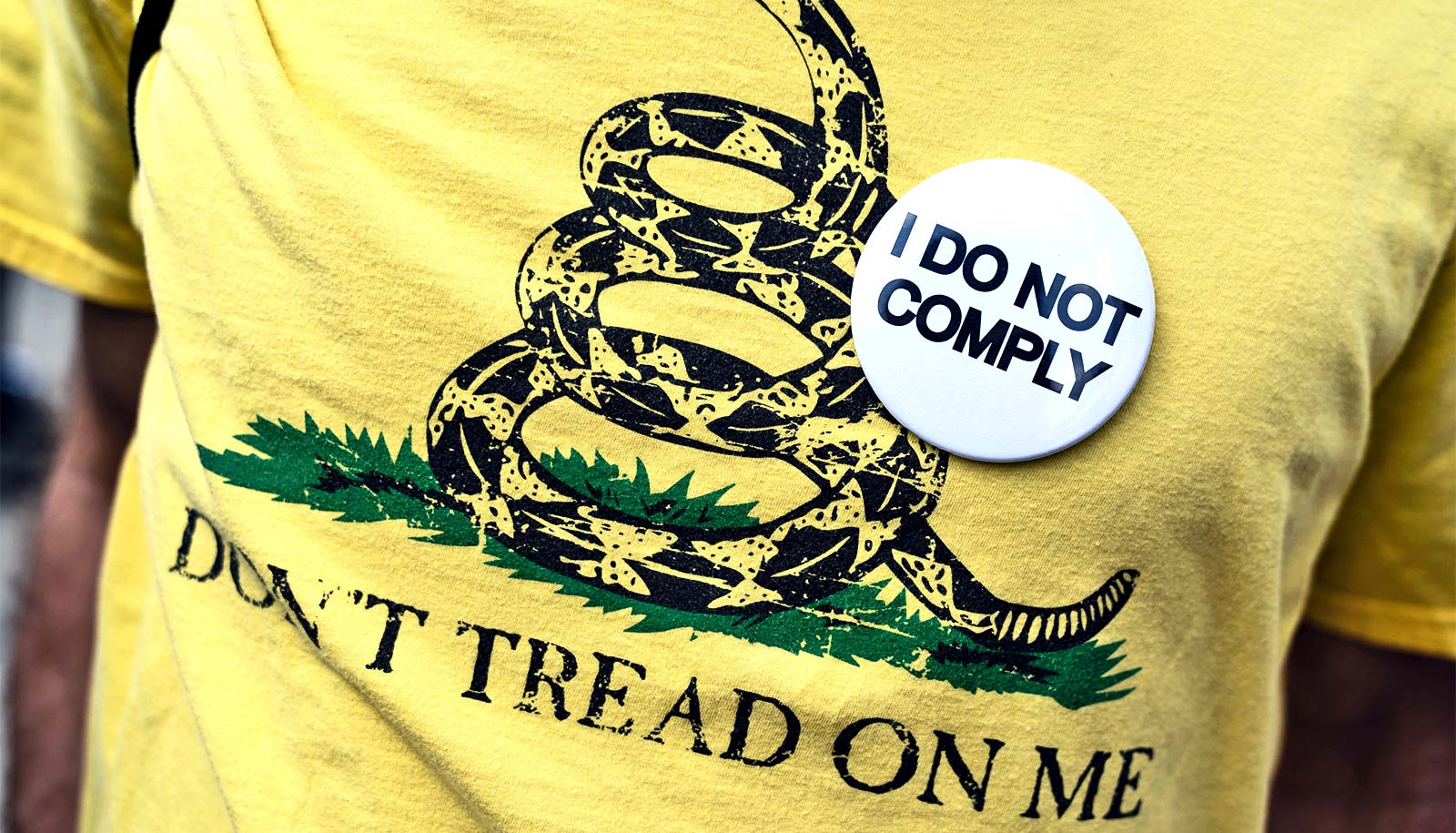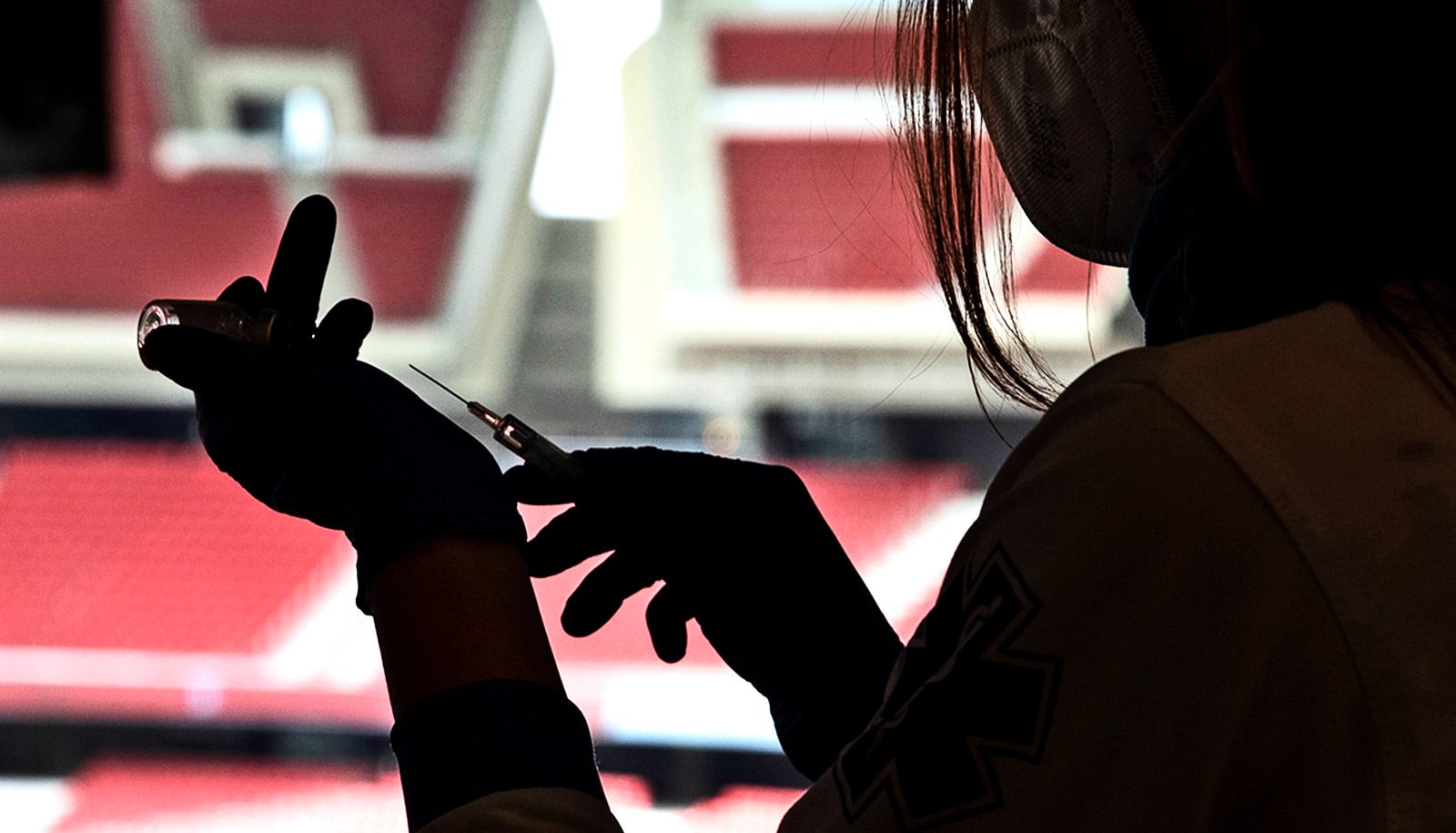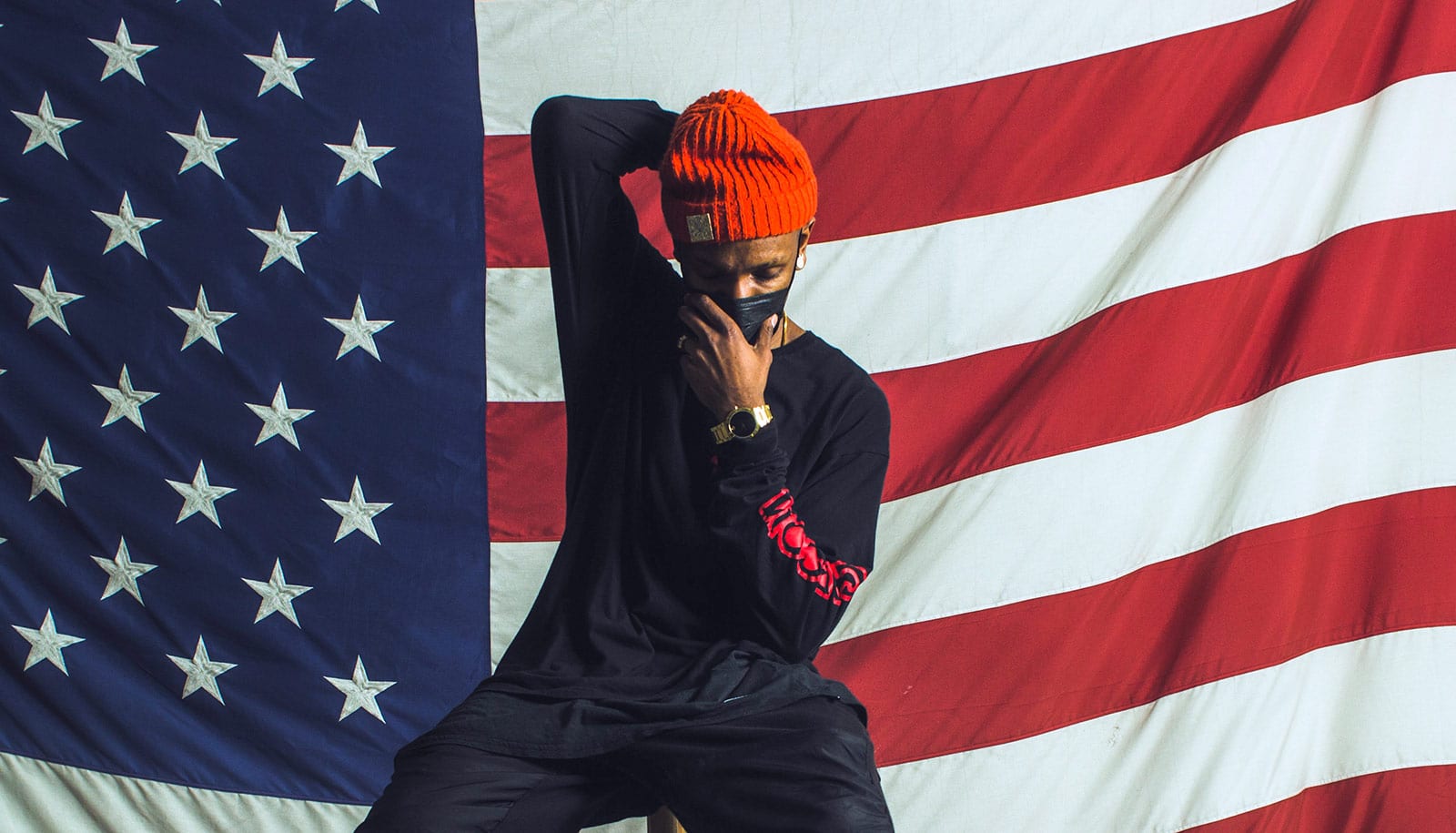About 31% of 5,009 surveyed Americans say they don’t plan on getting the vaccine for the pandemic that’s caused the deaths of more than half a million Americans in the last year, according to a new study.
Experts say between 70 to 90% of the population needs to be vaccinated in order for herd immunity to end the pandemic.
But even as the rollout picks up speed, with President Joe Biden announcing a plan to make all adults eligible for the vaccine by May 1, vaccine hesitancy could hinder the effort.
A combination of skepticism, misinformation, and political polarization may influence the willingness of millions of people to accept vaccination. Polling from the Kaiser Family Foundation currently shows that 15% of Americans “definitely will not get vaccinated.”
“The vaccines won’t help us get back to normal if we can’t get enough people to take them.”
Prior to the novel coronavirus, there was already a clear correlation between partisanship and vaccine hesitancy, and a profile for groups who are more likely to refuse vaccination, says Timothy Callaghan, assistant professor in the health policy and management department in the School of Public Health at Texas A&M University, who led the survey published in Social Science & Medicine.
“We already had a pattern of vaccine hesitancy before the pandemic,” Callaghan says. “But then the politicization that happened with COVID-19 and the response to COVID-19 sort of accelerated vaccine hesitancy.”
The willingness of millions of people to be vaccinated may determine how long it will take for society to return to some semblance of pre-pandemic normalcy. And when it comes to vaccines, a difference of opinions could have immediate—and potentially fatal—consequences.
“The vaccines won’t help us get back to normal if we can’t get enough people to take them,” says Shawn Gibbs, dean of the School of Public Health. “The only way to get there is vaccine uptake.”
What causes vaccine hesitancy?
Gibbs says Callaghan’s research has played an important role in helping identify groups who could benefit from more information and education on the issue.
“It’s letting us drill down into the populations that we need to increase messaging for, and really starting to get an understanding of the mis-messaging that’s out there in order to counter it,” he says.
Respondents to the survey answered a series of questions about their behaviors and attitudes about COVID-19, including why they did or did not intend to pursue vaccination. The results showed that politics plays a crucial role: each one-point increase in conservatism increases the odds of vaccine refusal by 18%. People who say they intended to vote for Donald Trump in the presidential election—researchers conducted the survey in mid-2020—were 29% more likely to refuse vaccination.
Callaghan says people with conservative ideology tend to be more hesitant than liberals—which correlates with the fact that those who are vaccine hesitant tend to be less trusting of scientists. However, it’s an issue that spans the political spectrum.
On one side, the Trump administration downplayed the severity of COVID-19 “while simultaneously denigrating scientists,” Callaghan says. Meanwhile, President Joe Biden and Vice President Kamala Harris indicated on the campaign trail that they would not trust a vaccine produced under the Trump administration, which he says sowed doubt among liberals.
“If you look at the data and compare the levels of vaccine hesitancy in May to last September, it spiked about 20% across liberals and conservatives,” Callaghan says. “Both sides were getting information from an environment clouded by a lot of things.”
More than politics
Politics alone is not to blame, however.
Following Andrew Wakefield’s controversial paper in The Lancet in the 1990s, Callaghan says there’s always been an undertone of conspiratorial thinking among some individuals who are vaccine hesitant. In the COVID-19 era, more people are “paying attention and looking for as much information as they possibly can,” Callaghan says.
“With other vaccines, it’s well established. The flu vaccine is not novel. The MMR vaccine is not novel,” he says. “However, COVID-19 vaccines are brand new, so everyone out there is looking for information, and given the environment we have today where information both true and not true is very easy to access, more people are going to be exposed to conspiracy theories about vaccines than they would be in a normal circumstance.”
“Just telling people that they’re wrong and you should change your behavior is not a good way to change minds.”
He says African Americans are already significantly more likely to refuse vaccination due to distrust of the medical establishment, the result of decades of historical medical abuses against Black people. Callaghan also noted that anti-vaccine advocacy groups have made a concerted effort to target this group by framing the COVID-19 vaccine in terms of past medical abuses against Black Americans, for example invoking the Tuskegee Syphilis Study conducted by the United States Public Health Service over 40 years.
Black survey respondents were 41% more likely not to pursue vaccination, according to the study. Vaccine refusal was found to be even higher among women, at 71%. Women said they were hesitant based on safety concerns and the effectiveness of the vaccine. The Black respondents, meanwhile, said their hesitancy also stemmed from a lack of financial resources or health insurance.
‘Wait and see’ approach
While a profile has been established of who is likely to get vaccinated, Callaghan says it will still be a challenge to use that set of correlates to determine how best to persuade people to get the shot.
Convincing more people to be accepting of science without alienating them in the process is “the true question that a lot of scientists are looking at right now,” he says.
“Just telling people that they’re wrong and you should change your behavior is not a good way to change minds,” Callaghan says. “Right now what we’re focused on in the scientific community is trying to understand both which messages are going to be most effective in convincing people to vaccinate as well as which messengers.”
Conservatives, for example, would likely be more open to listening to conservative politicians, members of their local community, or religious leaders than a scientist or bureaucrat from the Biden administration.
There’s currently more demand than supply, so Callaghan says the full extent of hesitancy won’t be known until early summer. He says the good news with COVID-19 vaccination is that many people are taking a “wait and see approach,” and may be more willing to get vaccinated after they see loved ones go through the process. Callaghan is also encouraged by vaccination capacity and the one-dose Johnson & Johnson vaccine.
“So am I encouraged by what I’m seeing so far? Yes, but what will really be telling is in a few months once we have enough vaccines for everyone who wants to be vaccinated and how much work we have to do to still get to our herd immunity,” he says.
A return to normal
Callaghan, a political scientist, is a member of The Lancet‘s Commission for Vaccine Refusal, Acceptance, and Demand in the USA, which is tasked with compiling a report on vaccine hesitancy in the United States. Callaghan says the goal is to understand who’s likely to be vaccine hesitant and why, and make recommendations for improving vaccine acceptance.
As for Texas, Gibbs says he’s “a little uneasy” about vaccination rates. According to state data, about 9% of the population was fully vaccinated as of March 11.
“As soon as you are eligible and as soon as you are able, go and get this vaccine,” Gibbs says. “A lot of hard work has been put in to making sure that this is a safe and effective vaccine, and everything we’re seeing is indicating that this is just that.”
While some may be hesitant about potential side effects, Gibbs says the reactions are a sign of the body’s immune system being engaged to fight the virus. The Centers for Disease Control and Prevention says that people may experience some pain, redness, and swelling of the vaccine site. Other symptoms may include fatigue, headache, muscle pain, chills, fever, or nausea.
Callaghan says more severe side effects are extremely rare, and in the vast majority of people that do experience them, typically go away within a few days. And while some people may be infected after receiving the vaccine, Gibbs says the health impacts are much lower on those people than for individuals not vaccinated.
It’s a necessary step everyone must take to help the world “return to normal,” Gibbs says.
Source: Texas A&M University



